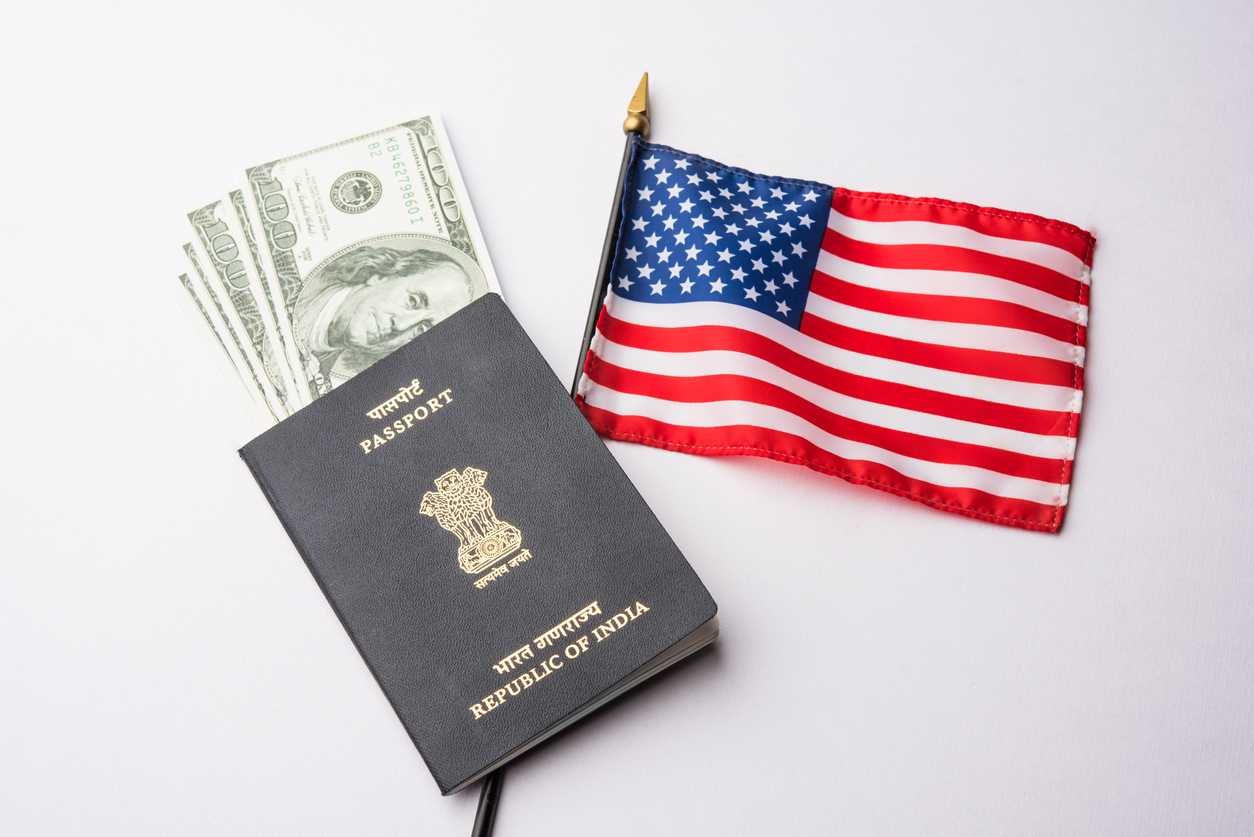
Table of contents
Are you curious about what an M1 visa is? It’s a student visa designed for individuals pursuing vocational or non-academic studies in the United States, with a prohibition on employment during the M1 visa duration. Moreover, M1 visa applicants are required to demonstrate that they have enough funds available to cover their living and tuition expenses for the entire period.
To determine your eligibility for an M1 visa, you should take note of the following guidelines:
- Foreign nationals who wish to attend a complete vocational course in the US.
- Foreign nationals who wish to attend non-academic courses at universities, colleges, or conservatories in the country.
- Holding an M1 visa comes with several advantages, including:
- Authorization to enter the US as a full-time vocational training student.
- Permission to work part-time on-campus or off-campus, subject to prior approval from the United States Citizenship and Immigration Services.
- The freedom to travel in and out of the country without restrictions using your visa.
- Eligibility for your dependents to stay with you as long as you maintain your M1 status.
- Swift issuance of these visas.
If you’re planning to apply for an M1 visa, there are several requirements that you should be aware of.
Firstly, your course program must have a clear objective and you should be enrolled in a full course of study. This means that you need to study in a junior/community college for a minimum of 12 semester or quarter hours, in a school where students attending at least 12 quarter or semester hours are considered full-time and charged full tuition fees. However, exceptions can be made for shorter course durations, or for courses at post-secondary vocational or business schools that offer associate or similar degrees.
If the credits of the course have been accepted by at least three higher learning institutions, the course may qualify for the M1 visa. Otherwise, the course has to be a non-academic or vocational curriculum certified by a DSO (Designated School Official) with a minimum of 18 weekly credit hours or 22 clock hours per week if it’s done at a workplace. If that’s not possible, the last option is to study in a non-academic or vocational high school curriculum certified by a DSO with regular attendance.
To apply for an M1 visa, you need to check with the college or university about the eligibility requirements, which can vary across institutions. You also need to prove that you have enough funds to support yourself during your course without having to work, and may need to show proof of health insurance for covering medical costs. The M1 visa is initially valid for one year, but it can be extended up to three years.
After the application process is completed and the institution confirms academic eligibility, the I-20 form will be issued for the student visa application. The student visa application must be submitted at the US Embassy or Consulate with jurisdiction over the student’s permanent residence.
When applying for a student visa, keep the following points in mind:
- The application fee is non-refundable.
- All applicants must complete and submit the DS-160 form, which is an online application for non-immigrant visas.
- Male applicants between the ages of 16 and 45 must also complete and submit the DS-157 form.
- The necessary documents for the application process include:
- A passport that is valid for more than six months from the intended period of stay in the US.
- A colored digital photograph with the head measuring between 1 to 1 3/8th inch (22 mm and 35 mm) or 50% and 69% of the total height of the image from the bottom of the chin towards the top of the head. The photograph should have been taken within the last 6 months and reflect the current appearance of the applicant. The background should be plain white or off-white, and the person should be facing the camera with a neutral expression and open eyes.
To obtain an M1 visa, you must provide proof of ties to your home country, such as documents demonstrating property ownership, immediate family members in your home country, or evidence of mortgage payments. Job offer letters from a future employer in your home country and assets like cars or other items can also be presented to indicate your intention to return home.
The main difference between M1 and F1 visas is that F1 visas are intended for non-immigrant students pursuing academic and language training courses, while M1 visas are designed specifically for non-academic or vocational courses. F1 visa holders can transfer to a university after completing a community vocational program, whereas M1 visa holders can only attend a vocational program for one year before returning to their home country. M1 visa holders are not eligible to continue to university-level studies.
The cost of an M1 visa is approximately $160 (Rs 12,000), and this fee is non-refundable. Additional charges may apply, depending on the embassy. The F1 student visa costs approximately $510 (Rs 38,000), and applicants may also need to pay additional SEVIS maintenance and processing charges. It is important to keep the I-901 SEVIS fee receipt for the visa interview.
Source: GreatLearning Blog

